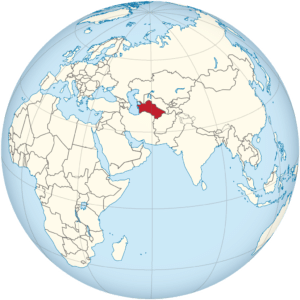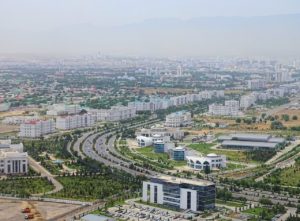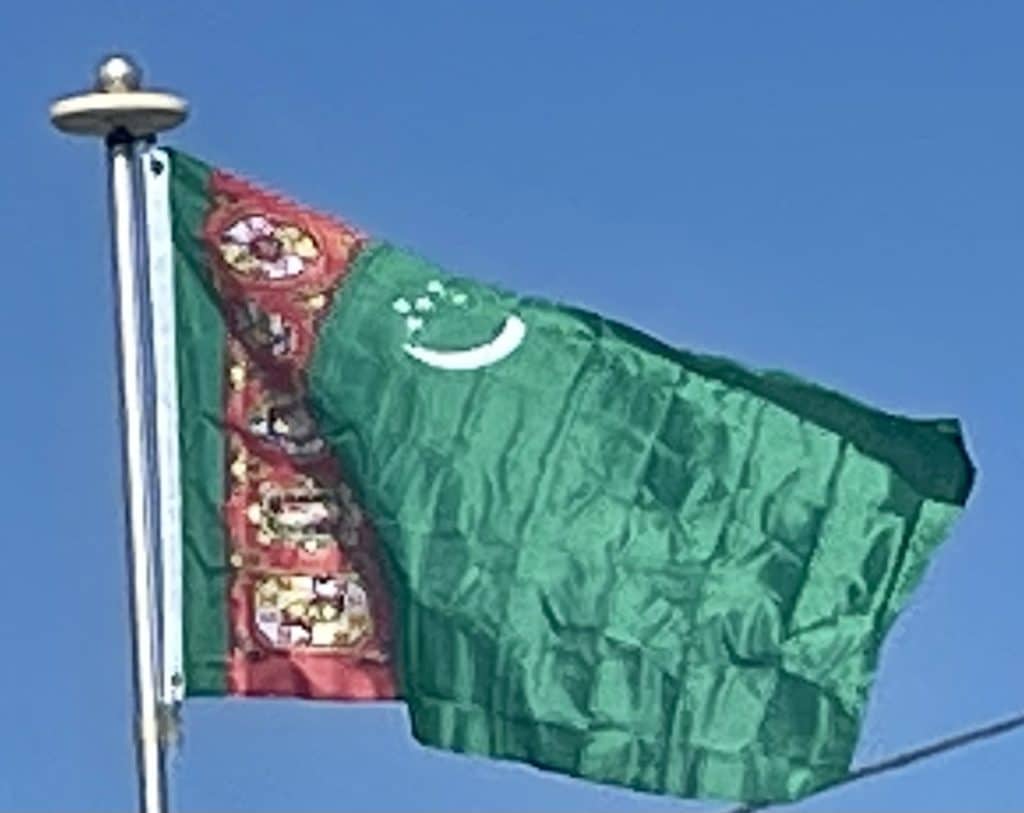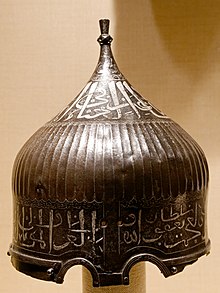Introduction:
Turkmenistan, also known as Turkmenia, is a country in Central Asia, bordered by Kazakhstan to the northwest, Uzbekistan to the north, east and northeast, Afghanistan to the southeast, Iran to the south and southwest and the Caspian Sea to the west. Ashgabat is the capital and largest city of the country. The population of the country is about 6 million, the lowest of the Central Asian republics. Turkmenistan is one of the most sparsely populated nations in Asia. Citizens of Turkmenistan are known as Turkmenistanis, Turkmenians or Turkmens.

Turkmenistan has been at the crossroads of civilizations for centuries; Merv is one of the oldest oasis-cities in Central Asia and was once the biggest city in the world. In medieval times, Merv was also one of the great cities of the Islamic world and an important stop on the Silk Road. Annexed by the Russian Empire in 1881, Turkmenistan later figured prominently in the anti-Bolshevik movement in Central Asia. In 1925, Turkmenistan became a constituent republic of the Soviet Union, the Turkmen Soviet Socialist Republic (Turkmen SSR); it became independent after the dissolution of the Soviet Union in 1991.
Turkmenistan possesses the world’s fourth largest reserves of natural gas. Most of the country is covered by the Karakum or Black Sand Desert. From 1993 to 2017, citizens received government-provided electricity, water and natural gas free of charge.

After its independence from the Soviet Union in 1991, the sovereign state of Turkmenistan has been ruled by two repressive authoritarian regimes. It was ruled by President for Life Saparmurat Niyazov (also known as Türkmenbaşy or “Head of the Turkmens”) until his death in 2006. Gurbanguly Berdimuhamedow became president in 2007 after winning a non-democratic election (he had been vice-president and then acting president previously). Turkmenistan has been widely criticized for its poor human rights. Notable issues were its treatment of minorities, press freedoms, and religious freedoms. After the suspension of the death penalty, the use of capital punishment was formally abolished in the 2008 constitution.
History:
Historically inhabited by the Indo-Iranians, the written history of Turkmenistan begins with its annexation by the Achaemenid Empire of Ancient Iran. Later, in the 8th century AD, Turkic-speaking Oghuz tribes moved from Mongolia into present-day Central Asia. Part of a powerful confederation of tribes, these Oghuz formed the ethnic basis of the modern Turkmen population. In the 10th century, the name “Turkmen” was first applied to Oghuz groups that accepted Islam and began to occupy present-day Turkmenistan. There they were under the dominion of the Seljuk Empire, which was composed of Oghuz groups living in present-day Iran and Turkmenistan. Oghuz groups in the service of the empire played an important role in the spreading of Turkic culture when they migrated westward into present-day Azerbaijan and eastern Turkey.
In the 12th century, Turkmen and other tribes overthrew the Seljuk Empire. In the next century, the Mongols took over the more northern lands where the Turkmens had settled, scattering the Turkmens southward and contributing to the formation of new tribal groups. The sixteenth and eighteenth centuries saw a series of splits and confederations among the nomadic Turkmen tribes, who remained staunchly independent and inspired fear in their neighbors. By the 16th century, most of those tribes were under the nominal control of two sedentary Uzbek khanates, Khiva and Bukhoro. Turkmen soldiers were an important element of the Uzbek militaries of this period. In the 19th century, raids and rebellions by the Yomud Turkmen group resulted in that group’s dispersal by the Uzbek rulers. In 1855 the Turkmen tribe of Teke led by Gowshut-Khan defeated the invading army of the Khan of Khiva Muhammad Amin Khan and in 1861 the invading Persian army of Nasreddin-Shah.

